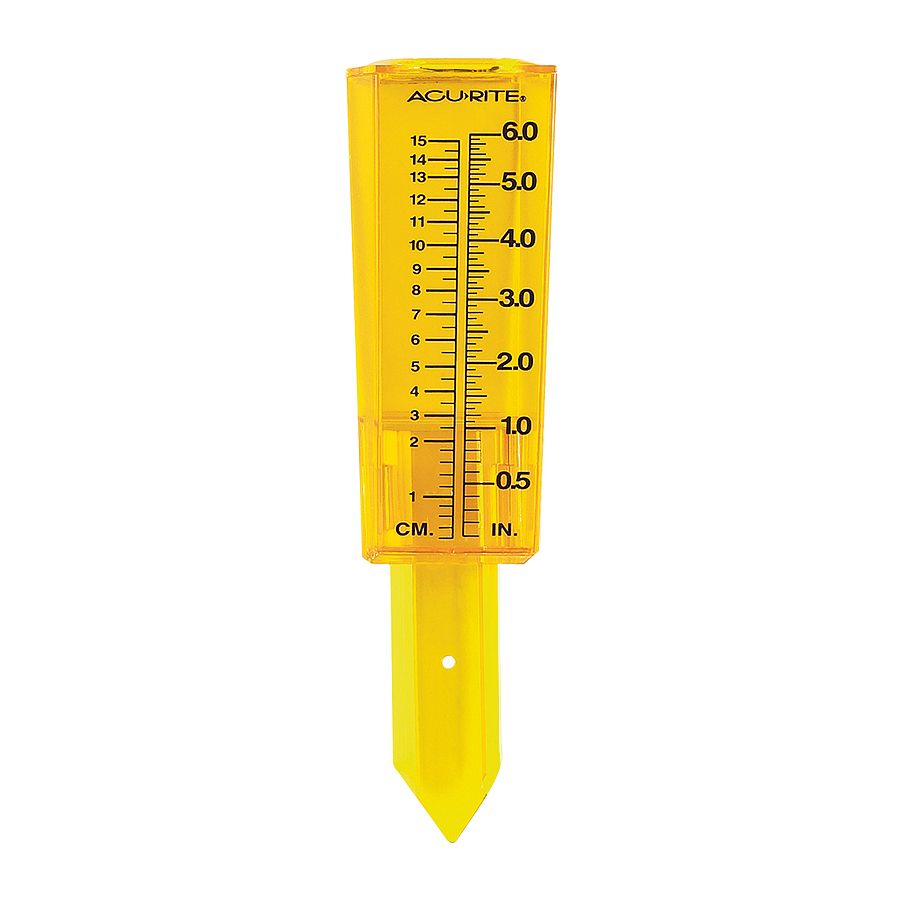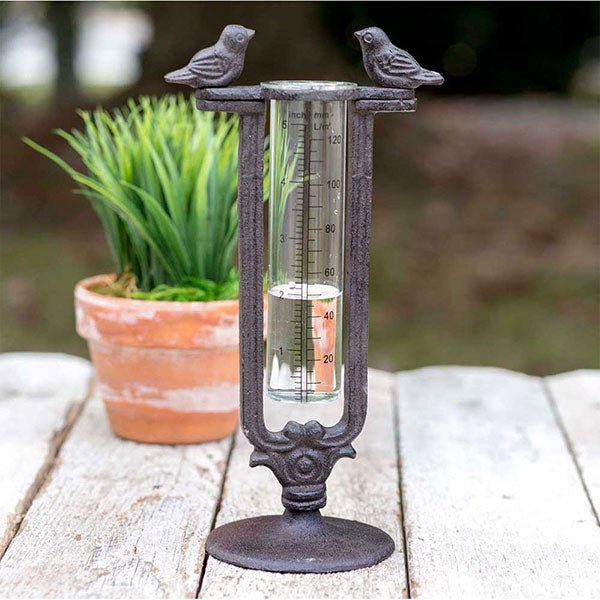The Rain Gauge: Understanding Rainfall Patterns and Enhancing Weather Awareness
Wiki Article
Do It Yourself Rain Gauge: Straightforward Actions to Make Your Own
Are you thinking about tracking rainfall in your location? Producing your own do it yourself rain gauge is a straightforward and efficient method to videotape and gauge rainfall. With just a couple of typical products and some standard actions, you can easily create your own rain scale in your home. In this overview, we will offer you with a step-by-step procedure to aid you produce your very own rain scale. No need for any kind of specialized knowledge or devices - this task can be completed by any person. By following these straightforward instructions, you will certainly have a reputable device to measure rains and add to your understanding of the local weather condition patterns. Let's obtain begun on making your DIY rain gauge today!Gather Materials
To begin building your do it yourself rainfall gauge, collect all the essential products making use of a detailed listing of products. Having the ideal products handy will certainly make certain the effective production of your rainfall scale and permit exact dimensions of rains. You will need a clear plastic container or cylinder, such as a plastic bottle or container. See to it the container is clear to make sure that you can quickly see the water level inside. Next, you will certainly call for a leader or determining tape to mark the increments on the container. This will allow you to determine the amount of rainfall properly. In addition, you will need a permanent pen or water resistant tape to mark the measurements on the container. This will certainly make certain that the markings stay visible even when revealed to rainfall. You will require a durable base or stake to firmly hold your rain scale in place. This can be a wood or steel stake that can be put into the ground or a tough level surface area to supply stability. Gathering these products beforehand will certainly simplify the building process and guarantee that you have everything you need to produce your own do it yourself rain gauge.Prepare the Container

Mark the Measurement Increments
To accurately measure the amount of rainfall, accurately marking the dimension increments on your do it yourself rainfall gauge is crucial. Without precise and clear markings, it would certainly be hard to figure out the precise amount of rains gathered in your rain scale. Here are the actions to note the measurement increments on your rain scale.First, make a decision on the unit of dimension that you want to use. One of the most typical units for gauging rainfall are try this web-site millimeters and inches. Make use of an irreversible marker or water-proof paint to mark the increments on the side of your rainfall scale as soon as you have picked the system. For inches, you can note every quarter inch or every half inch, relying on your preference. For millimeters, you can mark every 10 millimeters or every 20 millimeters.
When marking the increments, it is very important to make certain that they are evenly spaced and plainly visible. Utilize a ruler or gauging tape to guarantee precision and consistency. Additionally, ensure that the markings are immune to fading or scrubing off, as exposure to the elements might trigger them to wear away in time.
Place the Rainfall Gauge Outdoors
The rain gauge should be placed outdoors to accurately collect rains information. The area picked for the rainfall gauge ought to be open and totally free from any type of obstructions that might possibly impact the dimension of rains. The Rain Gauge.Furthermore, it is critical to place the rainfall scale on a secure surface area, such as a degree ground or a strong blog post. This will certainly prevent any movement or tilting of the gauge, which could result in incorrect dimensions. It is likewise suggested to avoid positioning the gauge near any type of sources of synthetic water, such as sprinklers or water drainage systems, as this might interfere with the accuracy of the measurements.
Monitor and Record Rainfall Data
Normal tracking and recording of rainfall data is crucial for precise data evaluation and interpretation. By maintaining track of rains measurements, you can obtain useful insights right into climate patterns, climate fads, and water source management. To properly keep an eye on and record rains data, it is necessary to establish a regular and keep constant practices.To start with, guarantee that your rainfall gauge is placed in an open area far from obstacles such as trees or structures that may block rainfall. Furthermore, make certain the rain scale is level and safely secured to stop any motion that can impact the precision of the measurements.

When Extra resources tape-recording the rainfall information, it is necessary to keep in mind the day and time of each measurement. Utilize a ruler or a gauging stick to figure out the rains deepness in the rain scale, and document this info precisely.
To guarantee the precision of the dimensions, it is recommended to empty the rainfall scale after each recording. This will certainly stop any type of overflow or evaporation from affecting subsequent dimensions.
Conclusion
this website To conclude, producing a DIY rain scale is a basic and useful method to monitor and videotape rainfall data (The Rain Gauge). By complying with the steps laid out in this post, you can easily collect materials, prepare the container, note the measurement increments, and position the rain scale outdoors. On a regular basis keeping an eye on and tape-recording rains data can give useful information for numerous purposesHaving the ideal materials on hand will certainly ensure the effective creation of your rainfall scale and allow for exact measurements of rainfall.To properly measure the quantity of rainfall, precisely noting the measurement increments on your DIY rainfall gauge is crucial.The rain scale need to be placed outdoors to properly collect rainfall information. The area chosen for the rain scale should be totally free and open from any kind of obstructions that might possibly influence the measurement of rains.In verdict, creating a DIY rain scale is a straightforward and practical way to check and record rainfall data.
Report this wiki page